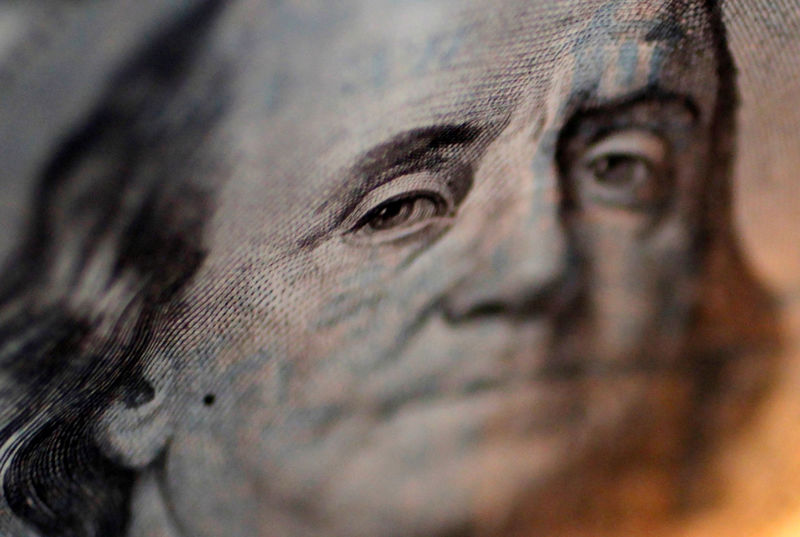Investing.com — Most Asian currencies weakened on Tuesday, with the dollar trading near a four-month high, as traders largely continued to favor sectors expected to benefit from a second Donald Trump presidency.
The Chinese yuan and Japanese yen were among the hardest hit by this trade, while risk-driven Asian units were also hit by anticipation of key US inflation data later this week.
Dollar nears four-month peak as traders see higher rates under Trump
The and both rose slightly in Asian trading, remaining near four-month highs in the previous session.
The dollar has been teetering since Trump’s election victory last week, given that any protectionist policies on trade and immigration are expected to be inflationary in the long run.
This is expected to keep interest rates relatively higher in the coming years, which will benefit the dollar. Trump is also expected to cut taxes, which will further impact the inflation outlook.
The focus this week is also on key US data, due on Wednesday, for more clues about interest rates. Inflation is expected to remain stable in October.
A slew of Federal Reserve officials will also speak this week, amid some doubt about whether the central bank will cut rates further in December.
Chinese Yuan Vulnerable, USDCNY At Three-Month High
The Chinese yuan weakened further on Tuesday, with the pair rising 0.2% to a three-month high.
Chinese markets saw investors retreat after the latest round of fiscal measures in Beijing largely underwhelmed. The National People’s Congress approved 10 trillion yuan ($1.4 trillion) in new debt aimed at supporting local governments.
But a lack of targeted fiscal measures to improve consumption and support the real estate market has been a point of contention for investors, especially as China faces increasing economic pressure from the Trump administration.
Still, analysts expect Beijing to outline more measures in the coming months.
Broader Asian currencies were mostly vulnerable as the dollar strengthened. The Japanese yen pair fell slightly but remained close to recent three-month highs. The yen’s weakness also had traders wary of possible government intervention.
The Australian dollar pair fell 0.4%, with limited support from data showing an improvement in Australian consumer confidence.
The South Korean won pair rose 0.1%, while the Singapore dollar pair rose 0.2%.
The Indian rupee pair hovered well above 84 rupees and remained close to record highs. Indian data will be released later on Tuesday.


